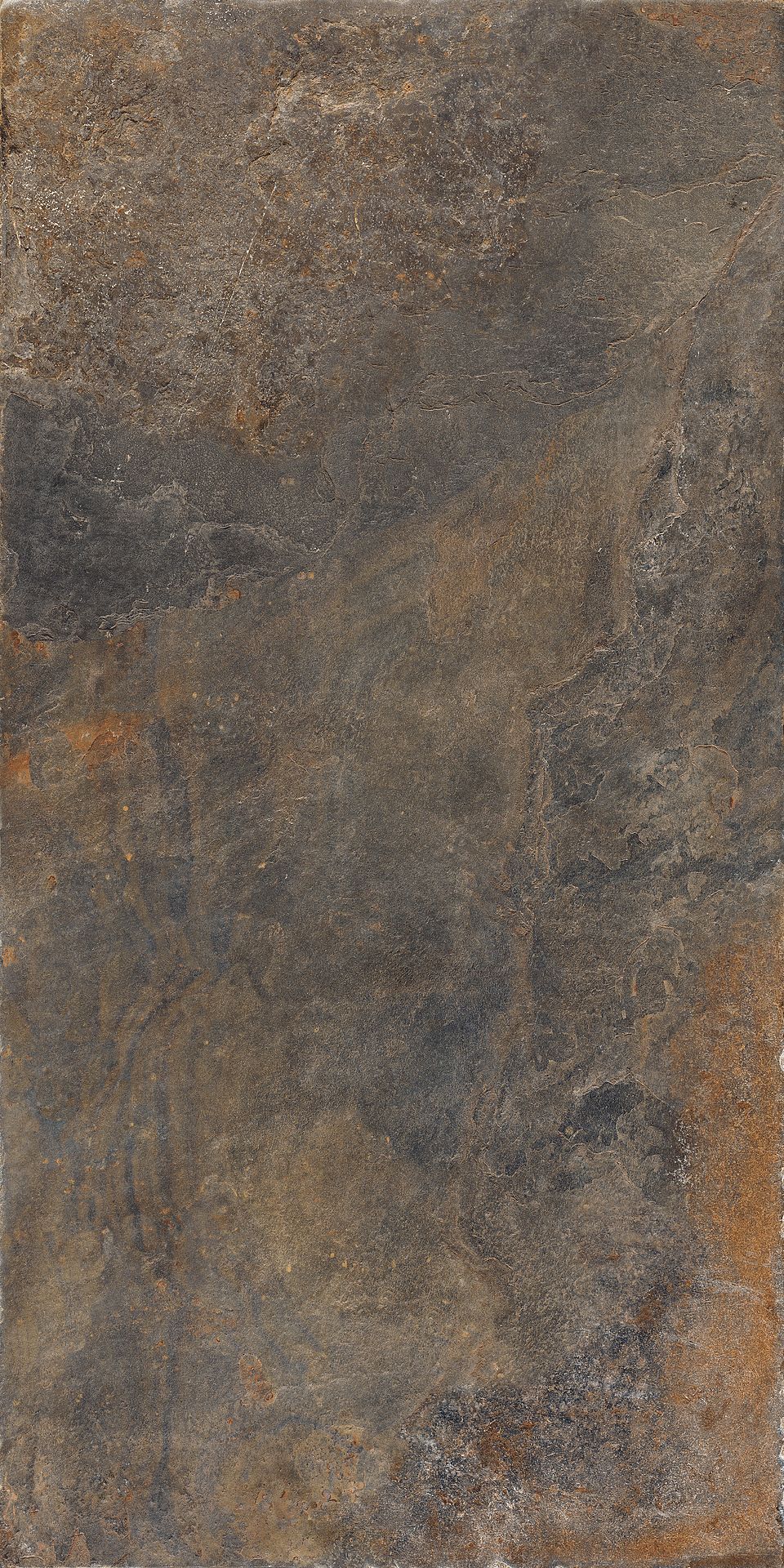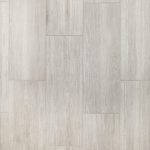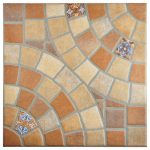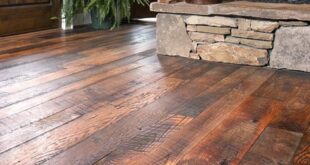Ceramic floor tiles combine aesthetics and durability better than virtually any other floor covering material that is readily available to the general public. There truly is no end to the shapes, sizes and colors available. Cleaning is easy as there is no staining of ceramic floor tiles. Most of the time spills are simply wiped up. They can’t be scratched either. Made out of clay and fired in kilns, most ceramic floor tiles are glazed on one side, and their coloring is all the way through the thickness of the tile, so that if even if an edge is exposed, the color and/or pattern will remain consistent.
Because of they are so easy to clean and can present a very attractive look, ceramic floor tiles are very popular in restrooms and kitchens both. Sometimes a mosaic tile, (which is a pattern of smaller, thinner ceramic tiles held together by mesh) are also popular in kitchens, but they are also thinner than a traditional floor tile and not always as durable.
Important considerations when installing
One vital consideration when installing ceramic floor tiles is the sub-floor underneath the tile installation. That substrate needs to be firm and not have any flex to it. If ceramic floor tiles are laid on top of a floor that flexes, or is weak in that way, the tiles won’t last long at all. This flexing will lead to cracked tiles, cracked and separated grout joints and more. As with most installation projects, the work done in preparation for the finished product is every bit as important as the actual tile installation.
Assuming that the conditions are right and that the tiles are installed properly, you will have a floor that will last as long as you want it to. There are products on the market to protect the grout joints in the tile from any deterioration and the tiles themselves will remain intact and retain their look indefinitely.
What to do
There isn’t a product that will compare with ceramic floor tiles when it comes to retaining beauty and being durable. There also seems to be no end to the appearance one can get with tiles. They can be laid in a straight grid pattern, patterns with angles are common, and even designs that portray a design or picture can be achieved with a qualified craftsman. Many homeowners are capable of basic tile installations, but for more complex projects, or if there is a question as to the condition of the sub-floor underneath, a professional installer should be consulted.
 goodworksfurniture Decoration and home design ideas
goodworksfurniture Decoration and home design ideas













